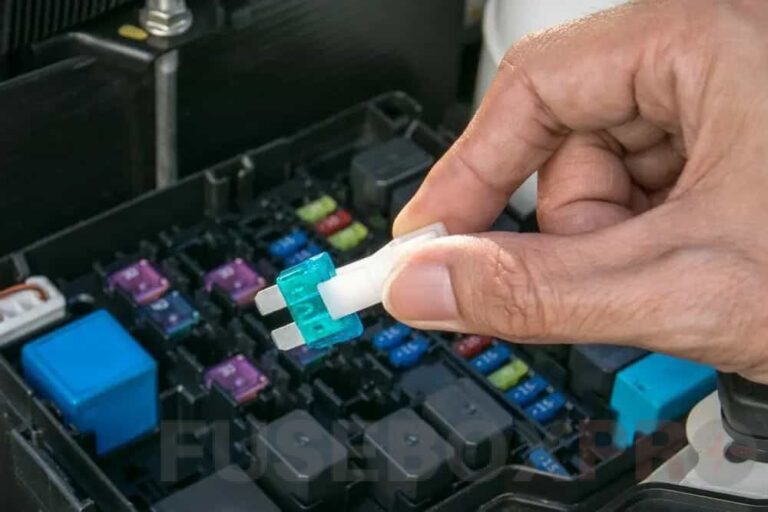Automotive fuses are an essential component of any vehicle’s electrical system, providing protection against short circuits and overloads. Fuses are designed to break or “blow” when too much current passes through them, preventing damage to the wiring and other electrical components. Without fuses, a malfunctioning electrical system could potentially cause serious damage or even start a fire.
In this comprehensive guide, we’ll explore the different types of automotive fuses and their unique features.
Blade Fuses: The Most Common Type of Automotive Fuse

Blade fuses are the most common type of automotive fuse, often found in modern cars and trucks. They feature a plastic body with two metal prongs that fit into a fuse box or holder. Blade fuses are available in a variety of amperage ratings, ranging from a few amps up to 100 amps or more. These fuses are easy to install and replace, making them a popular choice for DIY mechanics.
Mini Blade Fuses: Compact and Versatile for Modern Cars
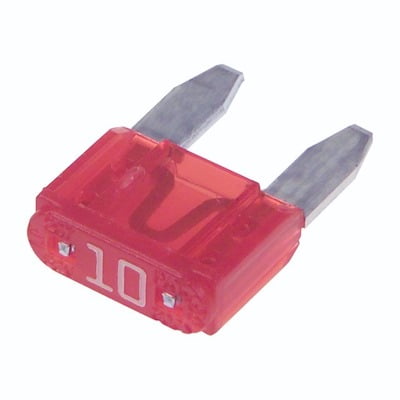
Mini blade fuses are similar to standard blade fuses, but are smaller in size and often used in newer cars with tighter engine compartments. These fuses typically range from 5 to 30 amps and are often color-coded for easy identification. They can be easily replaced with a standard blade fuse if needed, and are commonly found in Japanese and European vehicles.
Cartridge Fuses: Heavy Duty Protection for High Current Applications

Cartridge fuses are designed for heavy-duty protection in high current applications, such as power seats, air conditioning systems, and engine control modules. They feature a ceramic or glass body with metal end caps that fit into a fuse holder. Cartridge fuses can handle much higher currents than blade fuses, ranging from a few hundred amps up to several thousand amps.
Glass Tube Fuses: Traditional Circuit Protection with Wide Applications
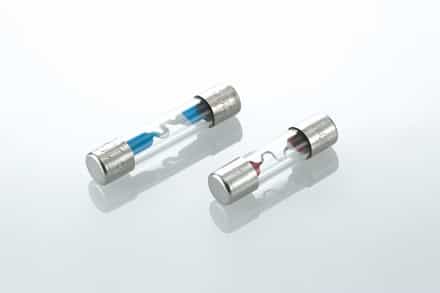
Glass tube fuses are a traditional type of circuit protection found in many older cars and industrial applications. They feature a glass body with metal end caps and a filament that melts when the fuse blows. Glass tube fuses are available in a wide range of amperage ratings and are suitable for a variety of applications.
Resettable Fuses: A Cost-Effective and Convenient Solution
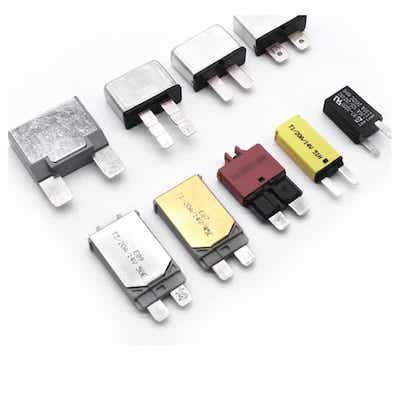
Resettable fuses, also known as polymeric positive temperature coefficient (PPTC) devices, are a cost-effective and convenient alternative to traditional fuses. They feature a polymer material that increases resistance when current exceeds a certain threshold, effectively “blowing” the fuse. However, unlike traditional fuses, resettable fuses can be reset by simply removing the excess current or allowing the device to cool down.
PAL Fuses: Modular and Space-Saving Fuse Option

PAL (Planar Axial Lead) fuses are a modular and space-saving option for automotive and industrial applications. They feature a rectangular plastic body with metal end caps and are often used in circuits with limited space. PAL fuses are available in a range of amperage ratings and can be easily replaced with a standard blade fuse.
Bolt-On Fuses: High Amp Protection for Large Electrical Systems
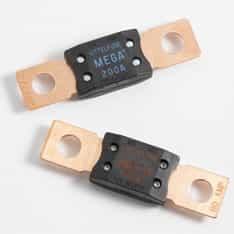
Bolt-on fuses, also known as stud-mount fuses, are designed for high amp protection in large electrical systems such as trucks and buses. They feature a metal body with two threaded studs for easy installation and are available in amperage ratings ranging from 100 to 600 amps.
Surface Mount Fuses: Reliable and Efficient for Circuit Board Protection
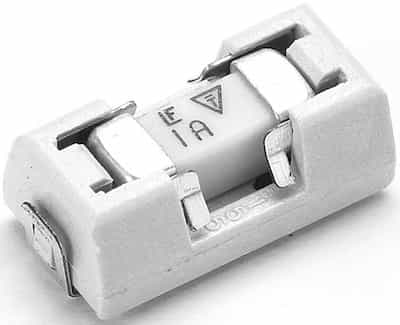
Surface mount fuses are designed to protect circuit boards and other surface-mounted electrical components. They are small and compact and are designed to be mounted directly onto the circuit board. Surface mount fuses are available in different amperages and sizes, and their small size makes them ideal for modern electronic systems.
Fuse Selection and Replacement: Tips and Best Practices for Vehicle Owners
- Know Your Fuses: The first step in selecting the right fuse for your vehicle is to understand the different types of fuses. Some of the most common types include blade fuses, mini fuses, and micro fuses. Each type has unique specifications, including amperage ratings and dimensions.
- Check Your Owner’s Manual: Your vehicle’s owner’s manual should include information about the type and amperage rating of fuses used in your car. It’s essential to follow these guidelines to ensure proper fuse selection and replacement.
- Use the Right Amperage Rating: Fuses are rated based on the amount of current they can handle before blowing. It’s crucial to use a fuse with the correct amperage rating to avoid damage to your vehicle’s electrical system. Using a fuse with a higher amperage rating can lead to circuit damage, while using a fuse with a lower rating can result in frequent fuse blowouts.
- Keep Spare Fuses: It’s a good idea to keep a variety of spare fuses in your vehicle, including different amperage ratings and types. This way, you’ll be prepared if a fuse blows while you’re on the road.
- Use a Fuse Puller: When replacing a fuse, it’s important to use a fuse puller to remove the old fuse. Using pliers or other tools can damage the fuse holder or surrounding components.
- Inspect Fuse Holders: Before installing a new fuse, inspect the fuse holder for any signs of damage or corrosion. If the holder is damaged, it’s crucial to repair or replace it before installing a new fuse.
- Don’t Mix Fuse Types: It’s essential to use the same type of fuse when replacing a blown fuse. Mixing fuse types can result in damage to the electrical system or devices.
- Check for Underlying Issues: If a fuse blows repeatedly, there may be an underlying issue with the electrical system. It’s essential to have your vehicle inspected by a professional mechanic to diagnose and repair any underlying issues.
- Use Quality Fuses: Using high-quality fuses is essential for ensuring the reliable and safe operation of your vehicle’s electrical system. Low-quality fuses may have inconsistent amperage ratings or be prone to premature failure.
- Consult a Professional: If you’re unsure about which fuse to use or how to replace a fuse, it’s essential to consult a professional mechanic. They can help you select the right fuse and ensure proper installation.
Fuse marking
Each fuse contains numbers that indicate the voltage (V) and amperage measured in amperes (A), above which fuses blow out. Each rated current value has its case color. The table below shows the correspondence of the color of the fuse to its rating.

Understanding the different types of automotive fuses and best practices for selecting and replacing them is essential for vehicle owners. By following these tips, you can ensure the reliable and safe operation of your vehicle’s electrical system. Remember to always consult your owner’s manual and a professional mechanic if you’re unsure about which fuse to use or how to replace a fuse.

